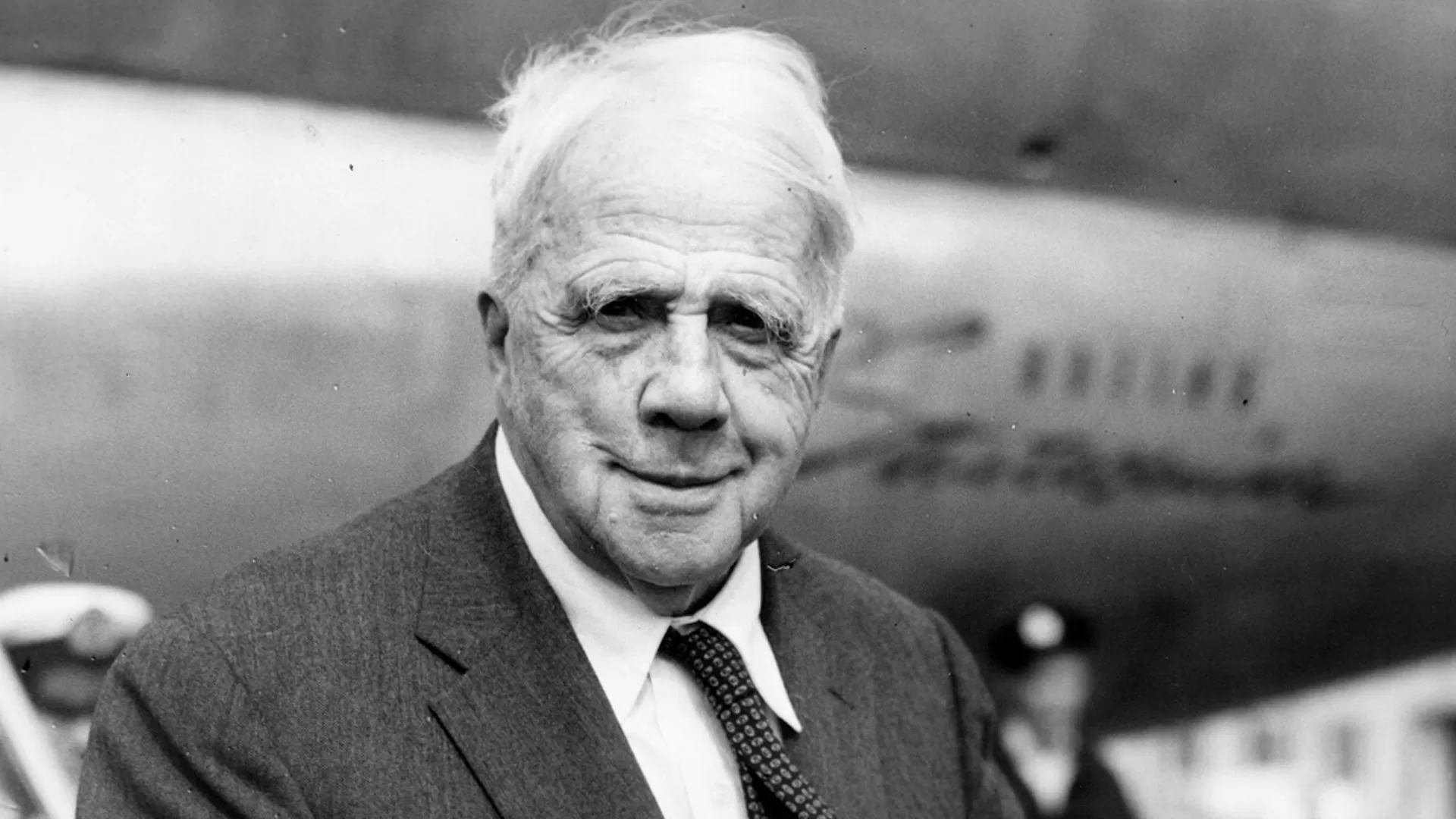Robert Frost remains one of America’s most beloved and influential poets, celebrated for his vivid depictions of rural New England life, his profound insights into the human condition, and his mastery of traditional verse forms. His work resonates deeply with readers, exploring universal themes through accessible language and rich imagery. Latrespace is dedicated to exploring the beauty and depth found within poetry, and understanding Robert Frost poems is essential for anyone seeking to appreciate the landscape of 20th-century American literature. Much like the journey explored by father jeff kemper, Frost’s poetry often delves into choices, nature, and the paths we take in life, offering moments of quiet reflection and profound realization.
Contents
Frost’s poetry is often characterized by its deceptive simplicity. While his poems frequently describe everyday scenes of nature and farming, they simultaneously probe complex philosophical and emotional depths. He used the rhythms of ordinary speech, yet crafted verses with meticulous form and meter, creating a unique blend of accessibility and artistic sophistication. His connection to the New England landscape was not merely aesthetic; it provided a rich backdrop for exploring themes of isolation, community, nature’s power, human choices, and the inevitable march of time.
Iconic Robert Frost Poems and Their Enduring Appeal
Robert Frost’s body of work contains many poems that have become iconic in the English language. These pieces continue to be studied, quoted, and admired for their artistry and relevance.
The Road Not Taken
Perhaps Frost’s most famous poem, “The Road Not Taken,” has become a cultural touchstone for discussions about choice and individualism.
Two roads diverged in a yellow wood,
And sorry I could not travel both
And be one traveler, long I stood
And looked down one as far as I could
To where it bent in the undergrowth;
While often interpreted as a celebration of non-conformity (taking the “one less traveled by”), a closer reading reveals a more nuanced perspective. The speaker admits the roads were “just as fair” and “worn them really about the same,” suggesting the chosen path might be less about its actual difference and more about the narrative we create about our choices in retrospect. The poem delves into the subjective nature of memory and the human desire to assign meaning to life’s turning points, highlighting the profound weight we give to decisions, even when the options initially appear similar.
Stopping By Woods on a Snowy Evening
This widely anthologized poem transports the reader to a serene winter scene, capturing a moment of quiet contemplation.
Whose woods these are I think I know.
His house is in the village, though;
He will not see me stopping here
To watch his woods fill up with snow.
The poem evokes a powerful sense of peace and temporary escape from worldly obligations. The allure of the deep, dark woods (“lovely, dark and deep”) represents a pull towards rest, perhaps even a longing for oblivion or a break from the “promises to keep” and the distances yet to travel before “sleep.” Frost masterfully uses imagery and rhythm to create a meditative atmosphere, contrasting the stillness of the natural world with the pressing demands of human life.
Fire and Ice
A short but potent poem, “Fire and Ice” tackles the monumental theme of the world’s potential end with surprising conciseness.
Some say the world will end in fire,
Some say in ice.
From what I’ve tasted of desire
I hold with those who favor fire.
The poem presents two destructive forces – fire (often associated with desire, passion, or rage) and ice (symbolizing hate, indifference, or coldness) – as potential agents of apocalypse. By linking these elemental forces to human emotions, Frost suggests that our own internal states and interpersonal conflicts hold the power to bring about destruction on a grand scale. The poem’s brevity adds to its impact, delivering a chilling thought with stark simplicity.
Nothing Gold Can Stay
This poignant poem reflects on the transient nature of beauty, innocence, and life itself.
Nature’s first green is gold,
Her hardest hue to hold.
Her early leaf’s a flower;
But only so an hour.
Using the fleeting beauty of springtime foliage, Frost explores the inevitable passage from a state of pure, vibrant beginning (“gold”) to something more common and enduring (“leaf,” like Eden falling). The poem evokes a sense of wistful melancholy, acknowledging that the most precious moments or states are often the most impermanent. It’s a meditation on the cycles of nature and, by extension, the stages of human life and experience.
Mending Wall
“Mending Wall” delves into themes of boundaries, tradition, and human connection (or lack thereof) through the annual ritual of repairing a stone wall between two neighbors.
Something there is that doesn’t love a wall,
That sends the frozen-ground-swell under it,
And spills the upper boulders in the sun;
And makes gaps even two can pass abreast.
The poem contrasts the speaker’s questioning of the need for the wall with his neighbor’s adherence to tradition (“Good fences make good neighbors”). It explores the invisible barriers people erect between themselves, whether physical or metaphorical. While the wall physically separates, the act of mending it paradoxically brings the neighbors together each spring. The poem leaves the reader to ponder the reasons behind separation and connection – are walls necessary for good relations, or do they merely perpetuate distance?
Birches
In “Birches,” Frost blends observation of the natural world with imaginative reflection, creating a poem that explores the desire for escape and the grounding reality of life.
When I see birches bend to left and right
Across the lines of straighter darker trees,
I like to think some boy’s been swinging them.
But swinging doesn’t bend them down to stay.
The speaker observes birch trees bent by ice storms but prefers to imagine they were bent by a boy swinging. This wishful thinking reflects a longing to escape the complexities and hardships of adulthood (“earth’s the right place for love: / I don’t know where it’s likely to go better,” a line from another Frost poem often associated with “Birches”). The poem contrasts the temporary escape of swinging towards heaven with the necessity of returning to the ground, suggesting that while moments of transcendence are appealing, one must ultimately remain rooted in reality.
The Enduring Appeal of Robert Frost Poems
The lasting impact of Robert Frost poems lies in their ability to capture complex ideas within familiar settings. He wrote about farms, woods, walls, and weather, yet within these seemingly simple subjects, he found the raw material for profound reflections on choice, nature, mortality, and the human spirit. His voice is distinct – wise, sometimes wry, always deeply observant. Readers connect with his work because it speaks to fundamental experiences of being human, navigating a world of beauty, challenge, and consequence.
Frost’s technical skill, his use of meter, rhyme, and colloquial language, makes his poems both a pleasure to read aloud and a rich field for literary analysis. He proved that modern poetry didn’t have to abandon traditional forms to be innovative and emotionally resonant. By exploring the world just outside his door, Robert Frost created a universe of poems that continue to illuminate the landscapes of our own lives and thoughts.

